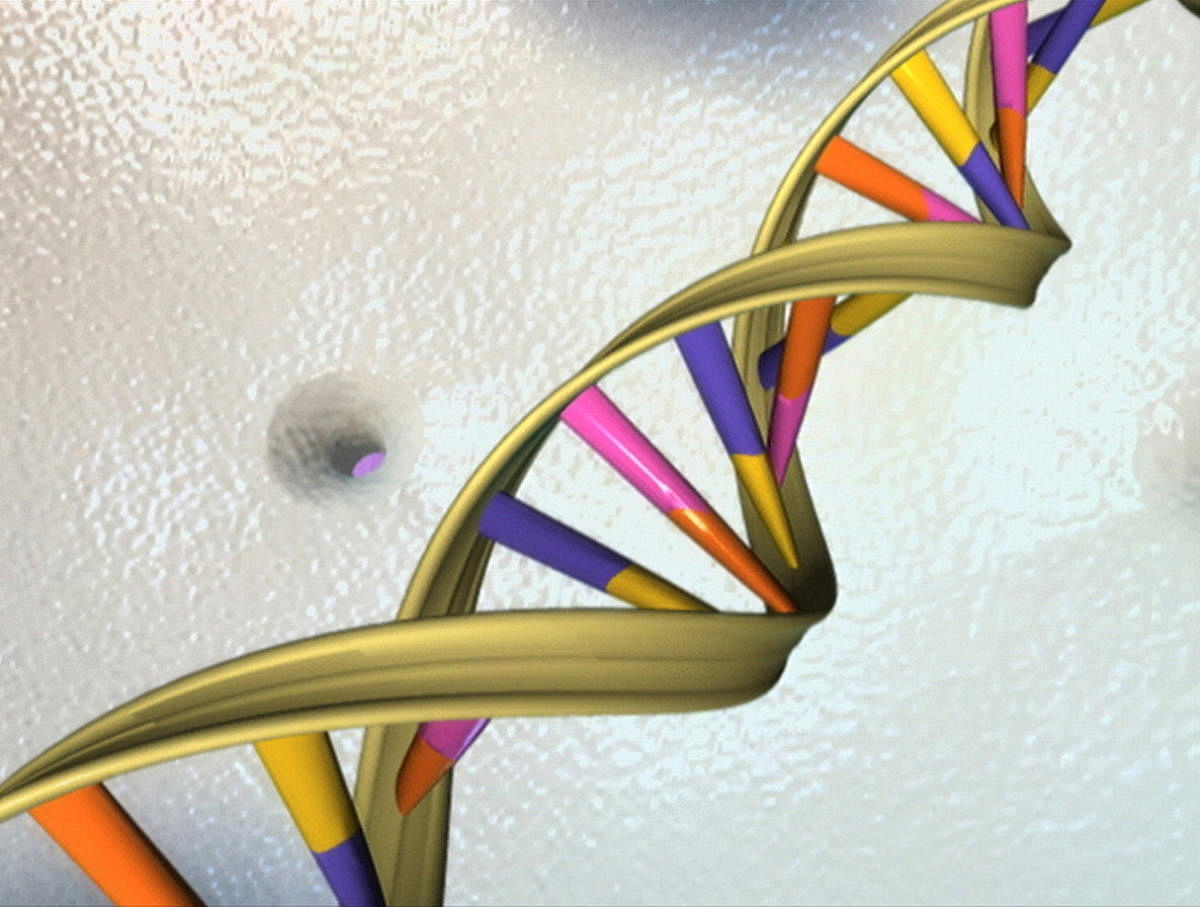
The lack of a government policy to address rare diseases is said to be hindering the treatment of children born with serious genetic diseases in the country.
When two-month-old Ajay (name changed) was first brought to a hospital in Guntur, Andhra Pradesh, doctors were stunned to see his right upper eyelid was malformed, nose was split and he had an abnormal distance between his two eyes.
An examination showed the baby had omphalocele - a condition in which an infant’s intestine or other abdominal organs are outside the body - while an X-ray revealed more anomalies, including a missing kidney, according to Dr Vinay Konana.
The doctors further discovered the boy’s symptoms fit the genetic diagnosis of Manitoba-oculo-trichoanal (MOTA) syndrome, a rare disorder predominantly confined to the Oji-Cree Native American community of northern Manitoba, Canada — 12,000 km away.
In Bengaluru, a seven-year-old boy suffering from a severe deficiency of red blood cells, white blood cells and platelets, was found to have inadequately developed bone marrow. A genetic test subsequently revealed that he had Fanconi anemia, a rare disease in which the FANCG gene, which repairs the DNA, was defective.
Although the diseases are different, Dr V L Ramprasad of the DNA testing firm, MedGenome, said all were passed on genetically, enabled by marriages of individuals within the same blood group.
The problem is so massive that according to Prasanna Kumar Shirol, director of the Organisation for Rare Diseases India (ORDI), over 70 million Indians are suffering from rare diseases, half of them children.
“These diseases were always in India. Now with DNA diagnostics, we are better in identifying them. The key point is while the majority of these diseases are degenerative, they can be managed using drugs if diagnosed early in children,” he said.
Shirol added that many afflicted children are deprived of treatment as India does not have a cogent policy to carry out genetic testing of children after childbirth.
While such a policy was active from December 2017, it has since fallen into abeyance.
A senior Karnataka health official explained the government is reluctant to reintroduce the policy because of the huge demands it would place on the exchequer.
“Only 500 out of 7,000 rare diseases identified are treatable, and the cost of medications to treat them runs into the order of Rs 50 lakh per person.”
“We have to ask ourselves if the government is not better served in instead using that same money to treat hundreds of others with manageable illnesses,” he said.
He nevertheless added that the Centre must introduce a collaborative policy to address the problem because states alone do not have the money to tackle the issue.